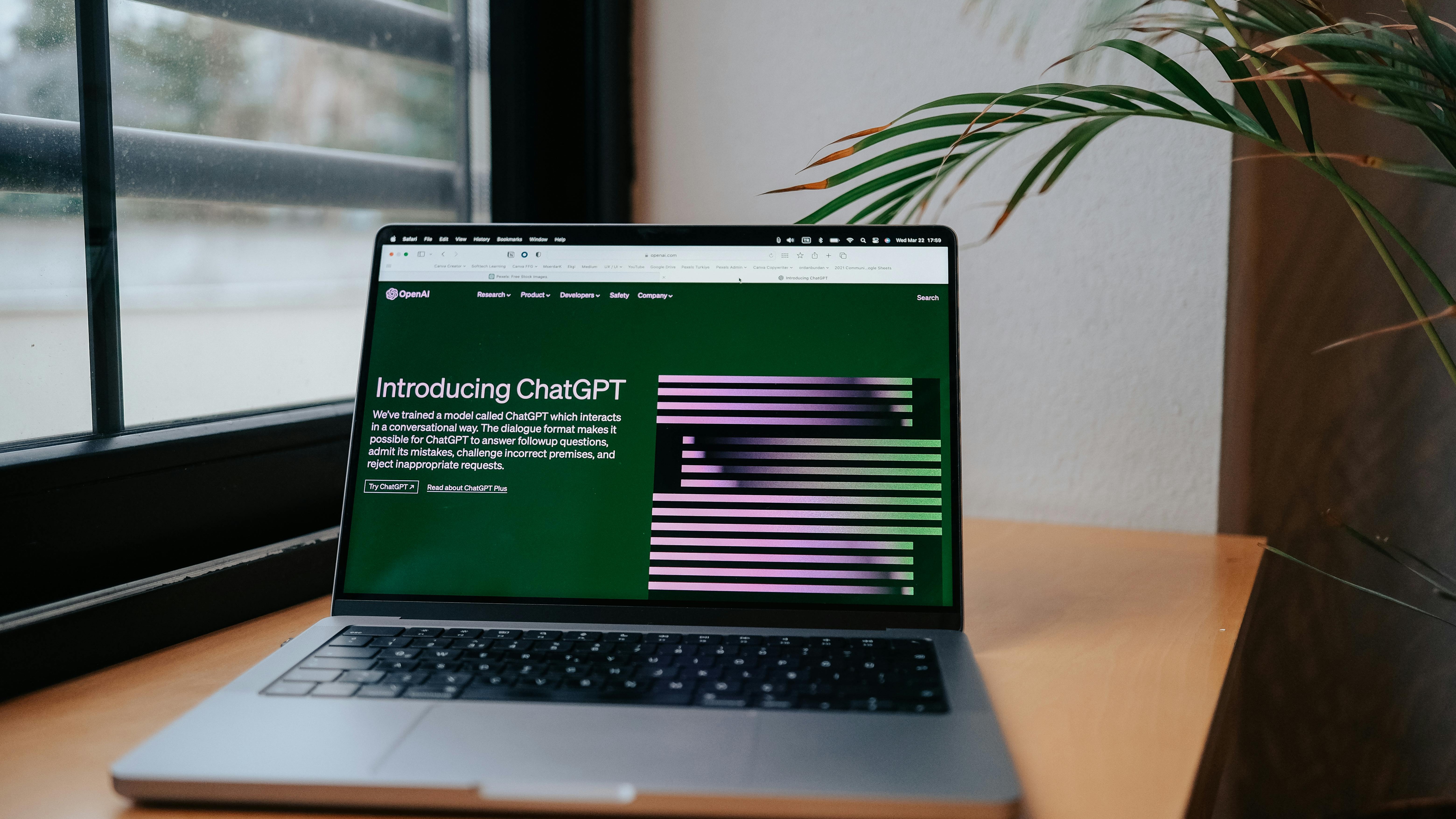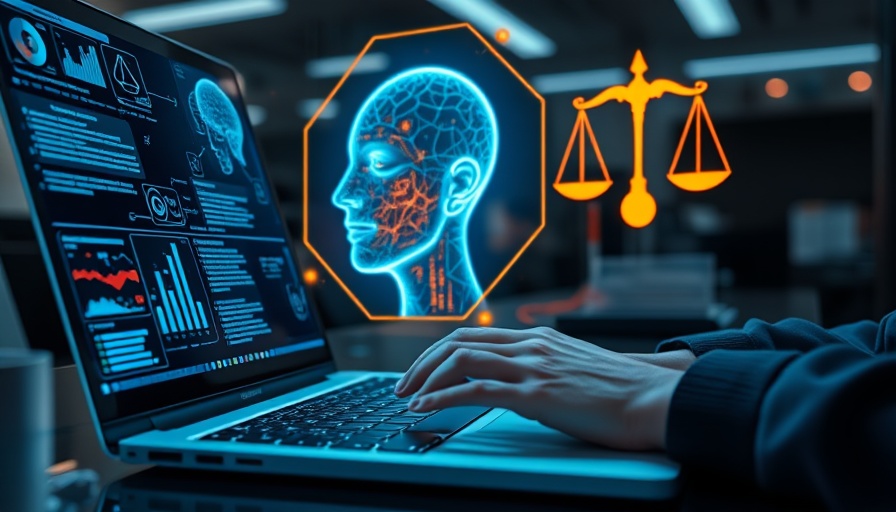
Embracing the AI Evolution in Workforce Planning
As organizations look forward to the future of work, it's increasingly clear that HR technology and strategic workforce planning tools are crucial. With approximately 40% of current skills projected to be obsolete or transformed within five years, proactive adaptation is vital. Companies can no longer rely on past data to predict workforce needs, especially in a rapidly changing environment where AI is revolutionizing job roles.
The Power of Proactive Planning with AI
Traditional methods of workforce planning resemble a Magic 8 Ball—often delivering guesses with unpredictable accuracy. However, leveraging AI-driven labor market intelligence is akin to possessing a sophisticated crystal ball. This technology processes data from job postings, industry shifts, and economic indicators, allowing employers to forecast which skills will be in demand long before those needs arise.
Upskilling for Tomorrow’s Workforce
Identifying skill gaps is important, but taking action is even more critical. Companies must invest in upskilling and reskilling programs tailored to emerging market needs. For instance, if analytics roles are predicted to be on the rise, organizations should immediately enhance their training programs to include advanced data-centric courses, thus ensuring their workforce remains relevant.
Customized Employee Development
It’s not just about the organization; individual employee growth must be prioritized. By utilizing intelligent labor data, managers can empower employees to pursue learning paths that align with both personal career aspirations and market trends. This alignment fosters engagement and productivity, creating a workforce that is not only skilled but also motivated to contribute to the company’s success.
Adapting to Change for Success
The ability to adapt swiftly to technological advancements and market shifts will determine success in today’s economy. Organizations that embrace this change and invest in AI-enhanced planning tools will lead the way in navigating the complexities of workforce management. It’s a fundamental shift that demands attention, as failure to engage with these tools could leave businesses riskily behind the curve.
For organizations eager to enhance their hiring approaches, consider integrating a robust technology stack for hiring that includes AI recruiting software and people analytics. These tools not only streamline recruitment but also provide insights necessary for future-proofing talent acquisition strategies.
 Add Row
Add Row  Add
Add 




 Add Row
Add Row  Add
Add 

Write A Comment